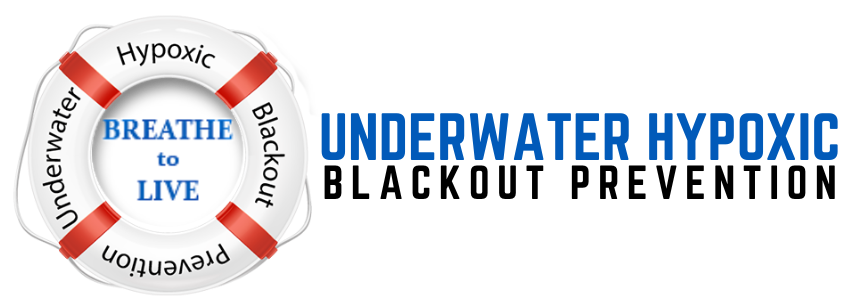Shallow Water Blackout Prevention
in YMCA Pools.
A study conducted by
The Redwoods Group
Graham Sharpe, Miranda Jacobs, Patrick Minor
Project Background
Shallow Water Blackout (SWB) has become a leading cause of drowning in pools across the United States—resulting in a similar number of fatalities as non-swimmer drownings since 2008. The Redwoods Group has advised partner organizations, including YMCAs, to prohibit prolonged breath holding for all swimmers to prevent Shallow Water Blackout injuries and deaths. This study, run by The Redwoods Group’s Consulting Fellows focused on understanding the following:
• How well are YMCAs implementing Shallow Water Blackout prevention practices?
• How can YMCAs improve their Shallow Water Blackout prevention practices?
The Redwood’s team designed a study of aquatic safety procedures to identify any potential gaps in Shallow Water Blackout prevention practices and rule enforcement. Our study spanned 73 YMCA associations in 17 states and the District of Columbia. At each observation, the team’s procedures included documentation across four categories:
· Pool environment
· Lifeguard behaviour
· SWB simulation *
· Staff interviews **
The Consulting Fellows documented the number and timing of interventions from lifeguards or other YMCA staff in response to the presence of weight belt, as well as the results of the SWB simulation.
*- Our SWB simulation included 30 seconds of hyperventilation and multiple intervals of 20-25 second static breath holding.
**- The interviews included asking at least one lifeguard about being allowed to swim full laps underwater (to test their knowledge of SWB rules) and at least one staff member about the presence of breath holding rules.
Data Summary
Overall, The Redwoods Consulting Fellows found:
36.4% Pool visits resulting in at least one intervention (n=110)
0 Interventions due to presence of a weight belt
17.3% Static breath holding intervention rate (n=104)
“Awareness Gap”
The study revealed that SWB-related rules are not widely known or understood by YMCA lifeguards or non-pool YMCA staff.
YMCA Lifeguards (n = 93)
Not Aware – 68.8%
Aware – 31.2%
Non-Pool YMCA Staff (n = 61)
Not Aware – 70.5%
Aware – 29.5%
In addition, pool signage was inconsistent and sometimes nonexistent. Only 51.8% of pools displayed a sign related to prolonged breath holding. Of the pools that had signs, only 59.6% of the signs were both unobstructed and differentiated from their surroundings.
“Action Gap”
This study also revealed that even when SWB-related rules may be known, they may not be enforced consistently, if at all.
Though 31.2% of lifeguards interviewed showed awareness of SWB-related rules, only 7.5% enforced those rules.
Data Analysis
To uncover additional insights on this data, The Redwoods Group’s Consulting Fellows performed statistical analyses using variables and data collected from our observations and the US Census.
Most of the variables were not meaningful in predicting the results of the SWB-simulation. However, a few variables, namely the ratio of patrons to guard/staff and the poverty level of the pool’s zip code, showed some relationship with the results of the SWB simulation.
Recommendations
Closing the “Awareness Gap”
• Promote the use of effective pool signage and policies
• Strengthen communication tools to/from Aquatics Directors
Closing the “Action Gap”
• Equip lifeguards with tools (e.g., specific definitions & visuals or scripted responses) to help them recognize and enforce SWB-related rules
• Include SWB intervention practice in lifeguard in-service and online training
Conclusion
This study revealed meaningful gaps in the awareness and enforcement of Shallow Water Blackout prevention procedures in YMCA pools. To close the Awareness Gap and Action Gap, YMCAs should clarify and promote rules regarding Shallow Water Blackout and equip lifeguards with tools to simplify and maximize enforcement.
For more information, please contact:
Graham Sharpe graham.sharpe@redwoodsgroup.com
Miranda Jacobs mjacobs2@redwoodsgroup.com
